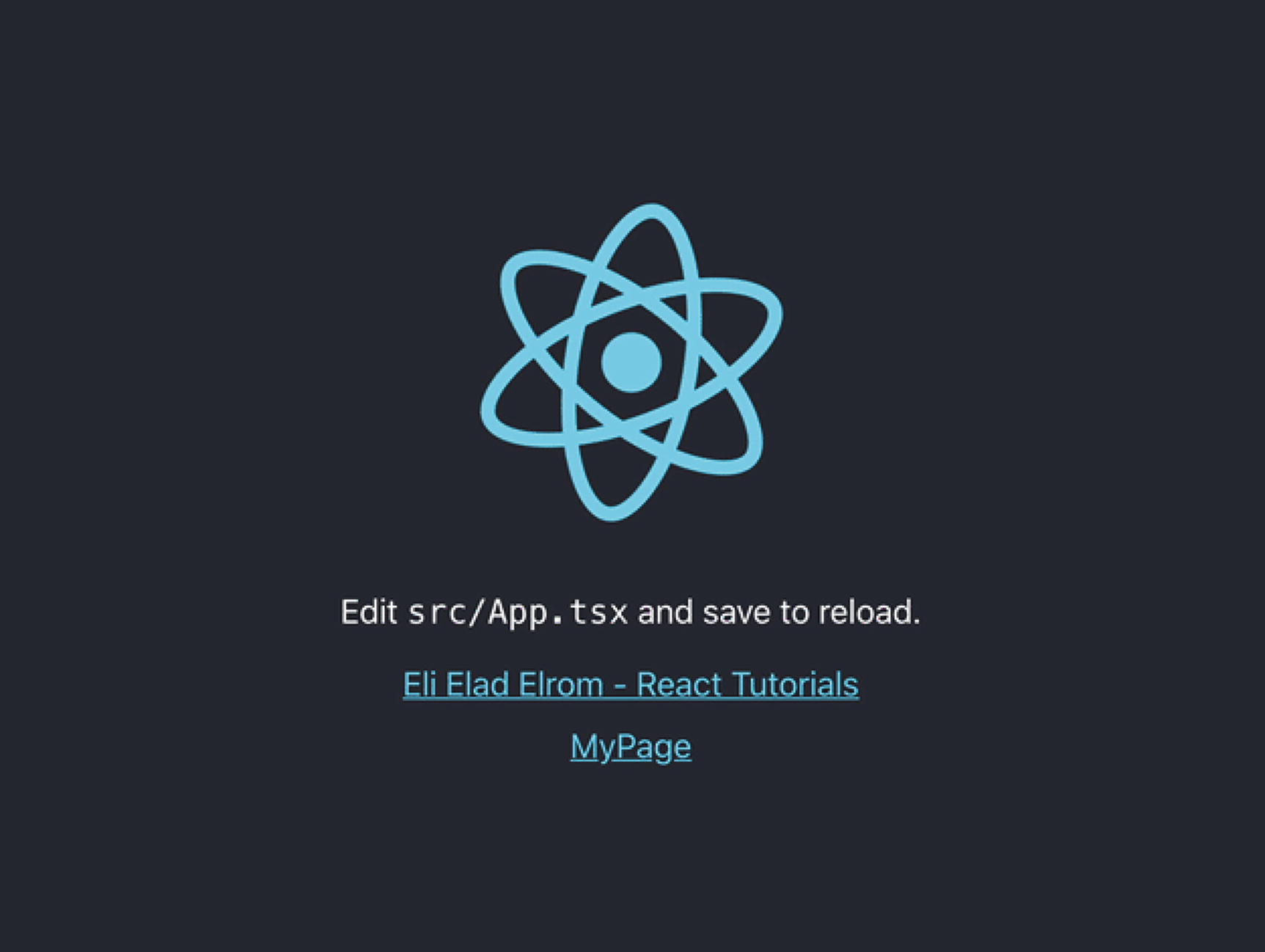

- Unstyled link react router dom how to#
- Unstyled link react router dom update#
- Unstyled link react router dom code#
- Unstyled link react router dom download#
In the third highlight we changed the boolean to compare the state currentPath instead of the current URL, this is just for clarity as the purpose of the state to re-render the component has already been achieved, the component would still work with the window pathname as we have set currentPath to be equal to it anyways. Import React from "react" import ColorSelect from "./components/ColorSelect" import Translate from "./components/Translate" import Accordion from "./components/Accordion" import Search from "./components/Search" const showAccordion = ( ) =>, ) return currentPath = path ? children We create a new function that returns our Accordion component if our location condition is met, and then call that function in the return section of the app.

For example let us re-work our App.js file to try this out. react-md/icon: FileInput default icon changed from filedownload to fileupload (), closes 1325 react-md/table: Sortable Column Alignment (), closes 1321 react-md/utils: useIsUserInteractionMode get mode via context (), closes 1322 examples: Updated create-react-app README to use correct start command () Other Internal Changes. Now that we know we can check the property we can use that knowledge to hide or show content based on the value of this property.
Unstyled link react router dom code#
There is a global variable exposed to JavaScript code called window, which has various properties, one of which is window.location.Īnd then within that property we can see another very important property called pathname Showing Content Based On Pathname In short, in a browser, each tab represents a Window, and each window contains a DOM document (a web page). One of the things that is fundamental to understand is the window.location read only property of the window interface.
Unstyled link react router dom update#
For example if you don’t want to have to update your application when the React-Router library makes a breaking change, which is about once a year.įor our sample we are going to take our Widgets application that we have been working on and create a manual navigation between our different widgets. However there are times when you may not want to use this library. Import from './.The React-Router library is by far the most popular way to navigate around a React application. Then, it will use handleShowAddItem function, passed via props, to automatically close the modal dialog. It will do so by setting them to their initial values. Once you do, run these three commands in your terminal: mkdir SessionAuth & cd SessionAuth mkdir backend & cd backend npm init esm -y.
Unstyled link react router dom download#
If you do not have Node.js installed, head over to their website and follow the download instructions. This function will take the values of date, title, price and isPaid states, generate unique id using shortid and call handleAddItem function, passed via props, passing all previous data as an argument.Īfter this function is called the budget app will automatically reset all local states. Let’s start out by creating a project directory and initializing our node app. Your budget app will use a handleFormSubmit function to handle this form. These inputs will be wrapped inside form element. These states will get value from input elements. At the top will be component states for date, title, price and isPaid, created with useReact React hook. This component will be a modal dialog accessible from the main screen. The BudgetItemAdd component will allow to add new item on the list in your budget app. You can find the code on my GitHub ( make sure you are on “blog-tutorial” branch).
Unstyled link react router dom how to#
How to Build a Budget App With React, Typescript & Web Storage API Part 1. It will also show you how to use Web Storage API to make data in your web app persistent. This tutorial will show you how to build your own simple budget app using React and TypeScript. Learning React and TypeScript doesn’t have to be hard or boring.


 0 kommentar(er)
0 kommentar(er)
